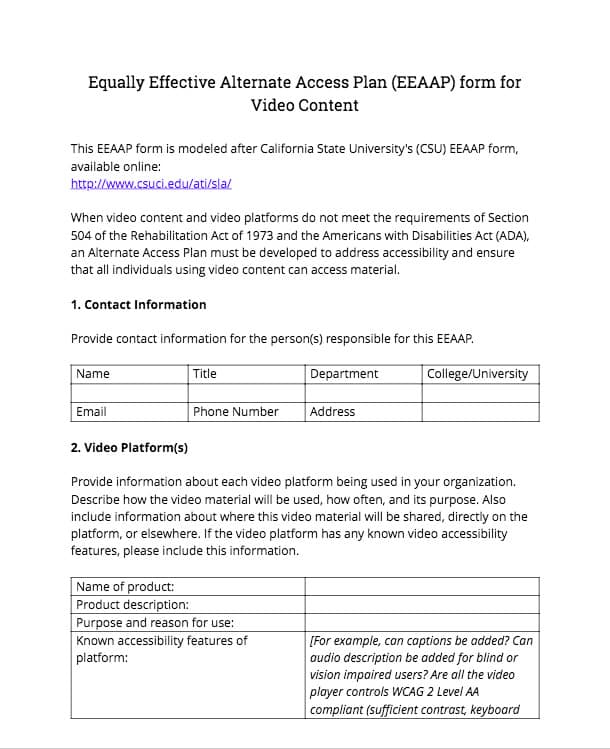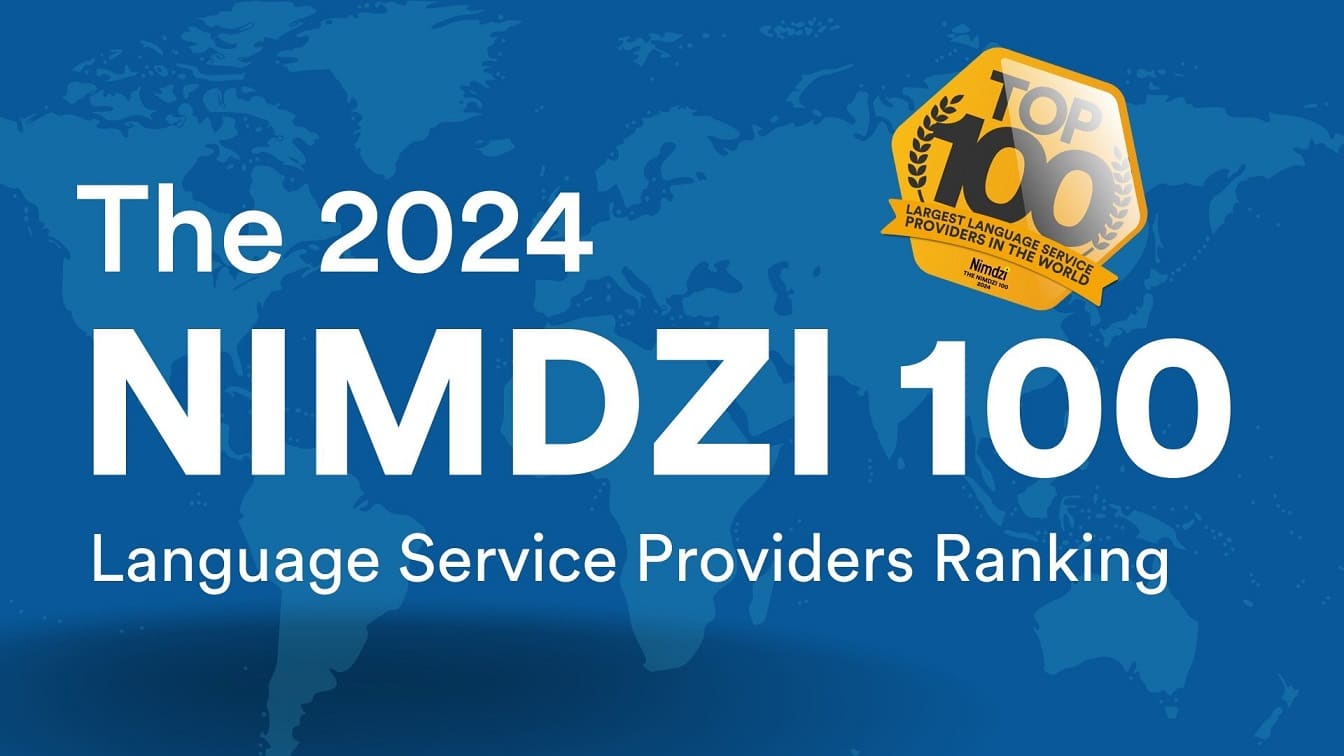The Accessibility Field is Changing
For educational institutions planning for the next school year, accessibility practices for online video are one of the top concerns. To address this concern, many universities are beginning to develop Equally Effective Alternative Access Plans (EEAAP). The prevalence of accessibility features in video content is growing. Still, many video platforms don’t have advanced accessibility features, and some have little to no accessibility features at all. In addition to this, the upsurge in online video content has made managing a high caseload of closed captioning and audio description content difficult for large-scale educational systems.
Due to this growing need, it’s essential for educational institutions to examine their video accessibility practices every year. This need is especially critical with regard to its legal implications. Accessibility practices are constantly changing, including the legal mandates concerning accessibility. All post-secondary educational institutions must now adhere to Section 508 of the Rehabilitation Act of 1973 and the Americans with Disabilities Act (ADA). Both of these laws include regulations for creating accessible video content.
How to Address the Changes
Despite legal implications, many educational institutions still host a backlog of online video content on older, less accessible platforms. Although institutions are working on captioning, describing, and transitioning to accessible platforms, many will struggle to meet requirements quickly.
If your institution uses platforms, technology, or software that isn’t fully accessible, consider an Equally Effective Alternative Access Plan (EEAAP). These plans can greatly benefit individuals seeking equal access to video material. For instance, if making platforms and software fully accessible in the necessary time frame isn’t feasible, consider alternative access. Having a strategy helps all students and individuals using video content have fair and equal access for the time being. An EEAAP is a useful tool for institutions still adapting accessibility practices.
Also, an EEAP can and should be in line with the Universal Design for Learning (UDL) Principles. UDL places value on providing multiple means of engagement and representation, reducing learning barriers, and creating multiple streams of access. Creating an EEAAP can help learners everywhere and can be useful when you apply it correctly in your online video workflow. Furthermore, it also ensures that all individuals involved in accessibility practices share accountability for ensuring they understand accessibility needs in education.
EEAAP Roadmap
On a basic level, an EEAAP should include details about the accessibility issue and the game plan for addressing and providing alternative means of access.
The following are some of the most important factors in creating an EEAAP. However, each EEAAP is different and may need adaptations to fit the needs of the individual or group in question:
- Describe the Accessibility Issue: What part of the video content, software, and platform is inaccessible? For example, can you add captions and audio description to videos on the platform for those who need them for access? If audio description can be added, can the platform handle extended audio description (in many cases, educational video content requires extended audio description to be equally effective)? Are the video player controls compliant with WCAG 2 Level AA guidelines (sufficient contrast, keyboard controllable, etc.)?
- Describe who will be affected: Will students, staff, or the general public be using the material?
- Provide details about how the EEAAP will be provided: What alternate platforms, software, or other technology will you use? Will you use third-party vendors?
- Explain how you will address unforeseen events: If an issue comes up without notice, how will you implement an accessible alternative? Provide a possible timeline for planning, implementation, and follow-up.
EEAAP Resource for Video Providers
Online video is at the forefront of accessibility discussions. Here is an example of an EEAAP for Online Video for anyone working to improve the accessibility of their videos.

We hope you will consider EEAAPs in your accessibility goals this year. If you need any help getting started with video accessibility, please reach out to Verbit. Our team is always happy to help.




